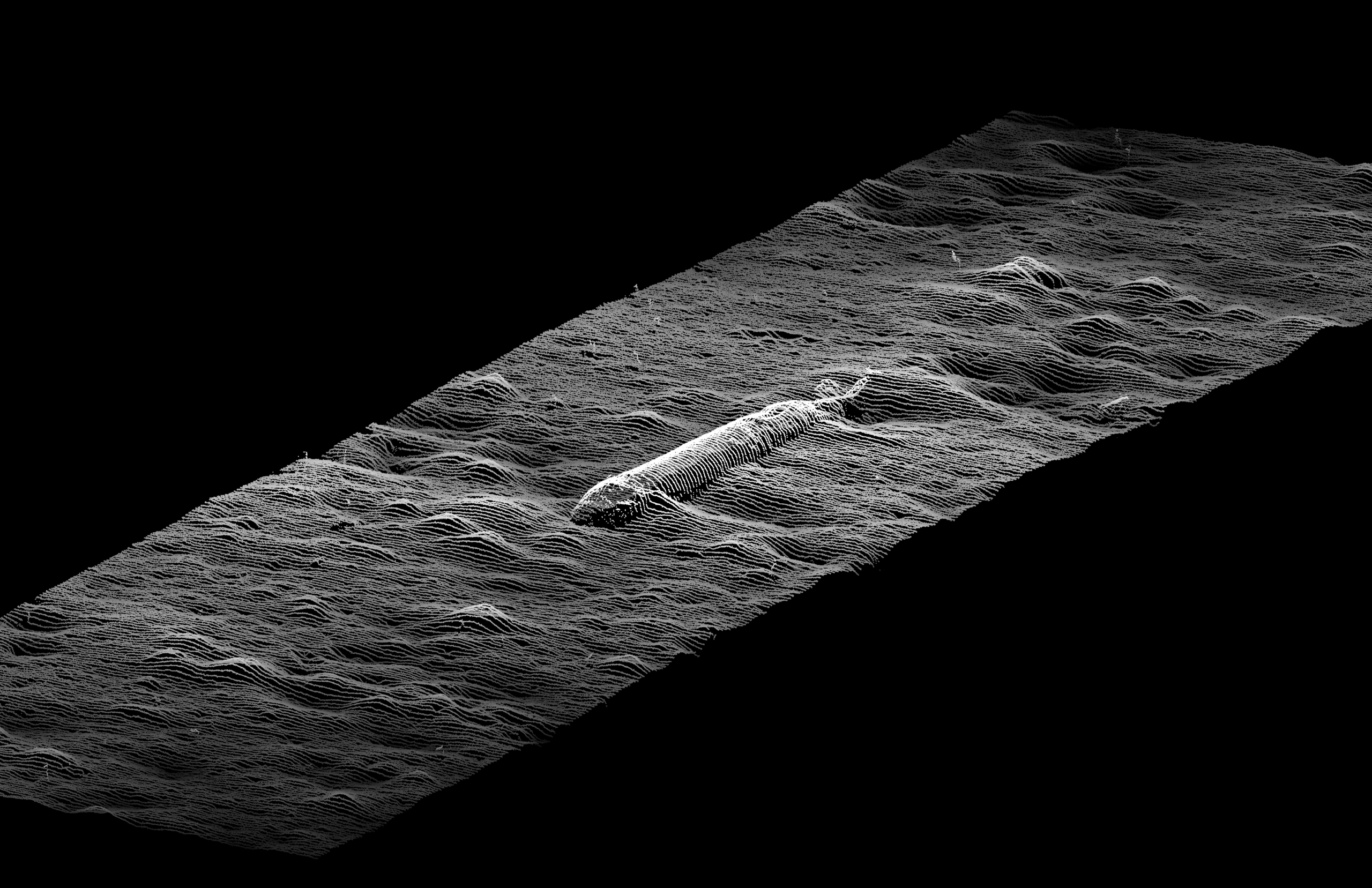How to equip your underwater range
How to equip your underwater range
Ranges are a critical to support ongoing underwater operations. They provide a controlled environment to calibrate and validate sensors, determine acoustic source levels for submarines and ships, and provide safety and ground-truth data for undersea warfare exercises and torpedo firings. They are commonly used to support submarines, anti-submarine warfare tools and mine warfare. Underwater ranges are complex systems requiring specialist tools to help deploy, recover and accurately track the equipment and kit while submerged.
Essential tools for underwater range operations
This is where the right equipment can determine the difference between success and failure. If you are operating a range here is a handy list of tools:
- Acoustic pingers: Acoustic pingers are used to track underwater targets. Our technology partner Sonardyne offers commercial-off-the-shelf (COTS) acoustic pingers that can be easily deployed to track a range of targets using other COTS systems. Alternatively, for specialist requirements our technology partner Chelsea Technologies can design, develop and manufacture bespoke pingers to meet customer’s specific needs.
- Ultra-short baseline: An underwater acoustic positioning system used to determine the precise location of submerged objects. It consists of an array of transducers (sound emitters and receivers) deployed from the surface, and is used to track a transponder (a device that emits an acoustic signal when triggered) attached to the object being tracked. Sonardyne offer the world-leading Ranger 2 family of USBL systems enabling different solutions that can be tailored for your use.
- Acoustic releases: These systems are equipped with mechanical release mechanisms triggered by an acoustic signal. They offer many practical uses for range operations, the most common use is to deploy objects to the seabed or buoys to the surface enabling the operator to deploy and recover sensors remotely and securely. Sonardyne releases are sold with deck units to operate them but they are also part of the same acoustic family as the Ranger 2 USBL meaning that the USBL can also be used to track and operate them.
- Echo repeaters and acoustic sources: These systems are used to test and calibrate low and high-frequency sonars used in the range. They can be used to transmit custom signals, and to reply to a calibrated source level and mirror the received signal introducing Doppler effects and reflections. Chelsea Technology’s ERAS is a compact solution easily deployable from vessels of opportunity with minimal logistics operating over a wide frequency range.

Train like you fight
Most naval ranges require significant infrastructure and maintenance, and they are busy supporting existing naval capabilities. With a new generation of uncrewed systems being developed in large numbers, additional capacity and scalable solutions are needed.
To develop a solution to this bow wave of need for additional underwater acoustic and tracking range capability and capacity, Forcys has been working in conjunction with Sonardyne to supply the Position Vector Transponder (PVT). These PVTs form the heart of a deployable system and can be delivered — on a lean budget — anywhere at any depth. They deliver high positional accuracy and can track across a larger volume of water than a USBL solution. They can be scaled down or up to meet specific concepts of operation requirements. This system has already been demonstrated in partnership with QinetiQ at MoD BUTEC and REPMUS.
Using the same building blocks as the permanently deployed solution at Smart Sound Plymouth, our solutions are proven and deliver results needed to get our warfighters ready.
If you would like to find out more please don’t hesitate to get in touch.
More from The Watch
Indo Pacific 2025
The region’s premier commercial maritime and naval defence exposition, connecting Australian and international defence, industry, government, academia and technology leaders, in the national interest.

Share On